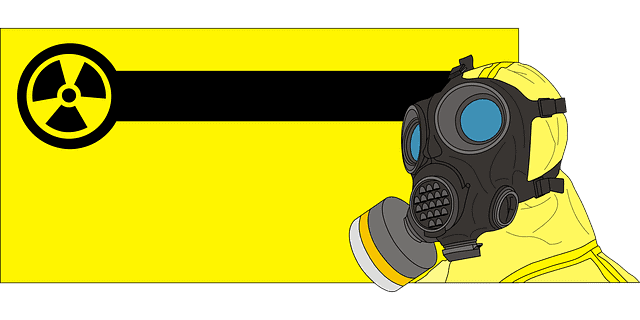Spray foam insulation is a quick fix solution to a lot of problems like ventilation, heat control, etc. A lot of times spray foam is also much cheaper than much of the conventional methods that are expensive. Yet in the quest to achieve an energy-efficient home we often ignore the health effects that are involved in this procedure. So staying out of the house while the installation is done is equally important. But how long to stay out of house when spray foam insulation is installed is the question?
How Long Does Spray Foam Insulation Off-Gas
24 hours is the absolute minimum you should stay out when spray foam insulation is applied. Your house ventilation will play a crucial role in how long it would take to get the gas out completely. A poorly ventilated house can even take up to 48 or in the worst case 72 hours for it to be gas-free, post which your walls will be ready.
The off-gas process from walls is a slow & steady one. During this process, the gas is slowly released off the air from the walls. Due to it being indoors the process is a delayed one and the compounds will take some time to get settled down.
When this happens the air quality indoors as well as that of the surrounding environment can become really harmful. People with allergies should strictly stay away and if need be enter only with a gas mask with the supervision of your contractor.
Health Hazards Of Spray Foam Insulation
So why exactly is it important to evacuate your house during gassing? The reason lies in the health hazards which are caused by this gas that can be harmful. These gases are not only dangerous to people with allergies but are equally harmful to healthy individuals as well.
Contents Of The Gas
Hydrofluorocarbon(HFCs) is the gas used in spray foam insulation. This polyurethane foam is set to be phased out by 2021. But there’s still a lot of polyurethane manufacturers having this in their spray foam. These are highly flammable & explosive gases and being exposed to them for long periods can cause suffocation.
They are harmful not only to human beings but to the environment as well. HFCs come under greenhouse gases and attempts are being made worldwide to curtail these gases from the market as quickly as possible.
For more information in this regard, you can refer to this Swedish Pollution Release & Transfer Study here.
Hydrofluoroolefin (HFOs) that consist of Hydrogen, Fluorine & Carbon is the potential replacement of Hydrofluorocarbon(HFCs). They are known to be a more stable and less dangerous compound than their predecessor.
Health Risks Linked With Spray Foam
Suffocation is caused due to the unique property of these gases wherein they displace Oxygen from the air. This makes it difficult to breathe for anyone in close proximity. People suffering from Asthma or having any kind of breathing problems in the past should be even more careful.
HFC’s are also being linked to causing heart problems so people having a history of cardiovascular issues should stay clear when this gas is being emitted.
HFOs don’t have a lot of studies & data to support all health risks they are associated with. But with the help of a Norwegian study, we were able to find out some health risks for three different HFOs which are also used as a refrigerant.
These are HFO-1234yf, HFO-1234ze & HFO-1234zd.
The health hazards with each of them are –
HFO-1234yf – Definitely a low-risk HFO substance especially when inhaled. Considered relatively low risk in contact with skin & eyes as well.
HFO-1234ze – No health hazard of any sort identified with this HFO substance in terms of inhalation. However, the health risks are unknown for dermal & eye exposure.
HFO-1234zd – No health hazard of any sort found for this substance on all three accounts of inhalation, dermal, or eye exposure.
It is to be noted that no major hazard has been found on these substances but that doesn’t rule out the mild effects they have on the human body.
Mild effects from these gases include skin & eye irritation, Frostbite, Asphyxiation, and in some cases irregular heartbeats as well.
So despite the technology change and the shift from HCOs to HFOs the possibility of health risk cannot be ruled out from spray foam emissions. So it is better for everyone to isolate or stay at least 24 hours away from the house that has gone through a serious procedure of spray foam insulation.
